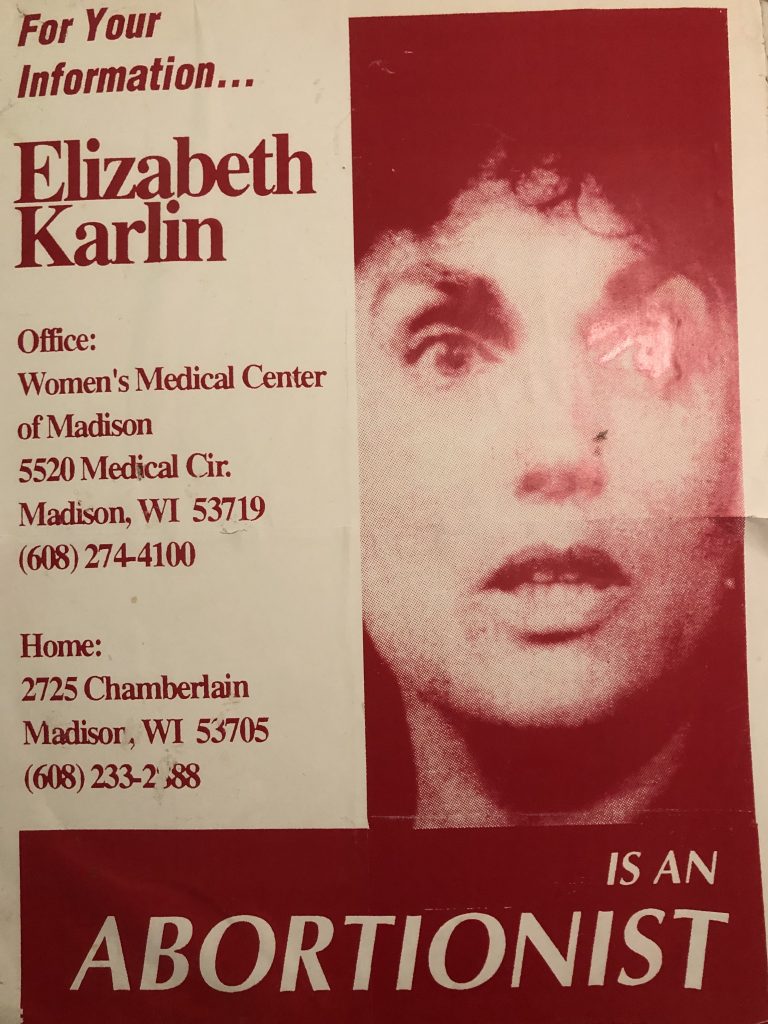Final Leadership Reflection
At the beginning of this course, I felt as though I had a good understanding of leadership; how to be a leader, what leadership means, and what leadership looks like. I’ve had a lot of leadership experience through experience as a CIT and as a camp counselor, from the time I was 13, as well as experience coming from various extracurriculars. Now, having taken the course, I do still feel like I had a good understanding of leadership at the beginning. However, now, I feel as though I have a deeper understanding of leadership as well as having a wider view of leadership; including the different ways leadership can look, the ways it can vary, and the ways it can change. I would still articulate a leader as someone who is loyal, someone who is communicative, and someone who listens. Most importantly, though, I think a leader is someone empathetic and with integrity, someone with a strong moral compass.
The assignment that most stood out to me was an essay we had to write, analyzing and comparing different female exempla, both positive and negative. It brought to my attention how different the Roman expectations for leadership were between men and women. The discrepancy between the expectations for men and women as leaders is something I had thought about before, but it was not something I had thought about much before, belong there is much less room for error for female leaders. In the Roman exemplarity model, it is built upon an action of bravery or the expression of virtus, literally meaning manliness. It is also built upon actions displayed in war, a sacrifice made for the Roman state. The model itself shows exactly how much the Romans favored male leadership over female leadershape; women were not allowed to go into war, much less display manliness. The female exempla that we looked at, when written about, were never wholly positive, like all of the men were. There was always a negative aspect to the female exempla, often that they were tricky or had some other, yet similar, quality.
That being said, the discrepancy made me consider my position as a leader, as a woman, as well as the other women around me as leaders. It also made consider how the expectation for women as leaders changes when it’s women leading other women. As a class discussion, we discussed how the female exempla were never wholly positive, when the men were. Discussions like that foster support between women foster a healthy criticism of the hypermasculinity and the hypercriticism of women. I think, from personal experience, that environments composed of other women strengthen women’s abilities to lead, because it is a safe space where collaboration is encouraged, and encouragement, in the first place, is the culture. It’s easier to take a leadership position while doing teamwork, and everyone in the team is taking a leadership position in their own way, and easier to speak publicly when you know your audience is supportive.
I took a discrepancy in Roman as well as modern culture, and used it to greater appreciate the community around me and appreciate the skills and leadership qualities it is encouraging in myself as well as others.

